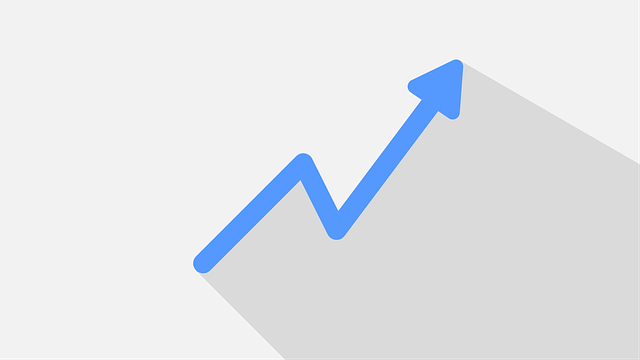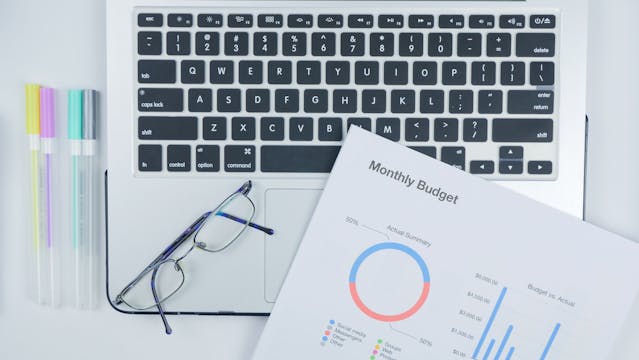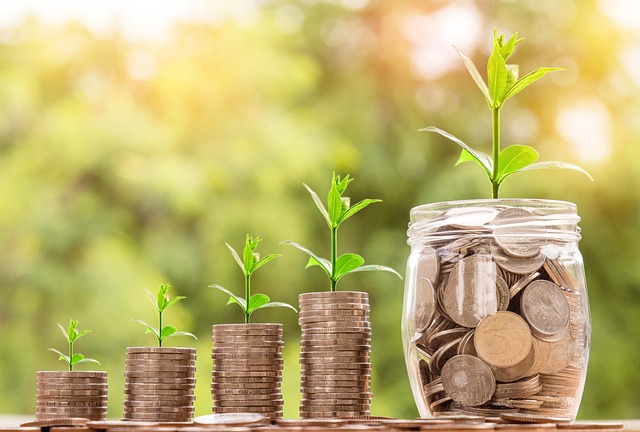

Understanding Costs of High-Yield Savings Options
That shiny 4% APY looks tempting, but what's lurking beneath the surface? Let's peel back the layers together.
You know that feeling when you see a "high-yield savings account" advertised with some eye-popping number, and suddenly your boring old bank account feels... well, pathetic? Been there. Last year I nearly switched to an online bank promising 4.25% APY before I started digging into the real costs. And boy, was that an education.
The Hidden Price Tags of Higher Rates
Let's get one thing straight - no bank is offering you free money out of the goodness of their hearts. Those sweet interest rates come with tradeoffs, some obvious, others... not so much.
The Accessibility Tax: That online bank offering 4%? Good luck getting your cash quickly when you need it. Most have transfer limits ($5,000/day is common) and 2-3 business day processing times. Need $15,000 for a car downpayment next Tuesday? Not happening.
Then there's the balance game - you know, where they dangle tiered rates that only apply to certain amounts. "5% APY on balances up to $25,000!" sounds great until you realize anything over that earns 0.5%. (And let's be honest, if you've got $25k sitting around, you should probably be looking at other options anyway.)
Here's what most people miss - the opportunity cost of chasing rates. Say you move $10,000 to get an extra 0.5% APY. That's... $50/year before taxes. Is it worth hours of research, paperwork, and the headache of managing another account? Sometimes yes, sometimes no.
"I spent three weeks moving money between three different high-yield accounts chasing bonuses and rates. At tax time, my accountant charged me an extra $200 to sort out the 1099-INT forms. Net loss: $127." - Sarah K., 34
Case Study: The Rate Chaser's Dilemma
Meet "Dave" (not his real name - he's embarrassed). In 2022, he:
- Opened Account A at 3.5% APY ($5,000)
- Switched to Account B at 4% after 4 months
- Moved again to Account C's 4.25% promo rate
- Got hit with Account B's $25 early closure fee
- Lost 12 days of interest during transfers
Final earnings after a year? About $185. Had he stayed put at 3.5%? $175. All that work for ten bucks. (Plus the hours he'll never get back.)
When It Actually Makes Sense
Now, I'm not saying high-yield accounts are bad - I use two myself! But like when you buy a car, you don't just look at the MPG. You consider insurance costs, maintenance, how often you'll actually drive it...
The sweet spot: Large balances you won't need to touch for 6+ months. My emergency fund ($15k) sits in a 4.1% account. At that amount, the difference between 0.5% and 4% is about $525/year - absolutely worth it.
Pro tip: Always check the bank's rate history. Some lenders bait-and-switch - offering great intro rates that plummet after 3 months. Look for institutions that have maintained top-tier rates for years, not weeks.
Case Study: The Smart Settler
"Maria" (a real friend) did it right:
- Researched 5-year rate trends at 10 banks
- Chose one consistently in the top 20%
- Deposited $20,000 (her house downpayment fund)
- Set up one-way transfers from her checking
- Left it completely alone for 18 months
Result? Earned $1,240 in interest with zero hassle. The kicker? Her rate actually increased twice during that period because she'd picked a competitive institution.
The Psychological Costs We Never Talk About
Here's what personal finance blogs won't tell you: constantly checking rates and moving money is exhausting. It creates decision fatigue that could be better spent negotiating your salary or optimizing retirement contributions.
I've fallen into this trap myself. In 2021, I had this elaborate spreadsheet tracking 7 different accounts. For what? An extra $8.75 per month. Meanwhile, I missed contributing to my Roth IRA that year - a $6,000 mistake that'll cost me roughly $67,000 in potential retirement gains (assuming 7% returns over 30 years).
Warning: If you're spending more than 2 hours/year managing your high-yield savings, you're probably optimizing the wrong thing. Set it and forget it works wonders.
Case Study: The Over-Engineered System
A Reddit user once shared their "perfect" savings strategy:
- $5,000 in Bank A (5% up to $5k)
- $10,000 in Bank B (4.5% up to $10k)
- $25,000 in Bank C (flat 4%)
- $15,000 in Bank D (3.75% + $300 bonus)
They spent 3-5 hours monthly rebalancing to maximize rates. Annual earnings: ~$2,100. Divided by time invested? About $35/hour - decent, until you consider they're a software engineer whose freelance rate is $120/hour. Opportunity cost: negative $85/hour.
My Personal Breaking Point
Last spring, I received a letter from an online bank saying they were lowering my APY from 4% to 3.25%. Cue the internal monologue:
"Should I move it? But where? That other bank has 3.8% but their app has terrible reviews. And what if rates go up again next quarter? Maybe I should wait..."
Then I looked at my balance: $8,200. The difference in interest? About $60/year pre-tax. I spent approximately 4 hours researching options before realizing - this is insane. I kept the money where it was and used those hours to write a freelance article that paid $400.
Your Turn: The 5-Minute Audit
Before you jump to another bank, ask yourself:
- What's my current balance? (Be honest)
- How often do I actually access this money?
- What's the REAL difference in annual earnings? (Use a calculator, don't guess)
- Are there fees/restrictions I'm not considering?
- What else could I do with this time/energy?
Sometimes chasing that extra 0.5% makes perfect sense. Other times? You're basically working for pennies while your financial life becomes needlessly complicated. The best high-yield account is the one you can set up and then stop obsessing over.
"After reading this, I checked my accounts. I'd been stressing over $3.17/month in 'lost' interest while carrying a $2,200 credit card balance at 19% APR. Perspective is everything." - Mark R., 29


